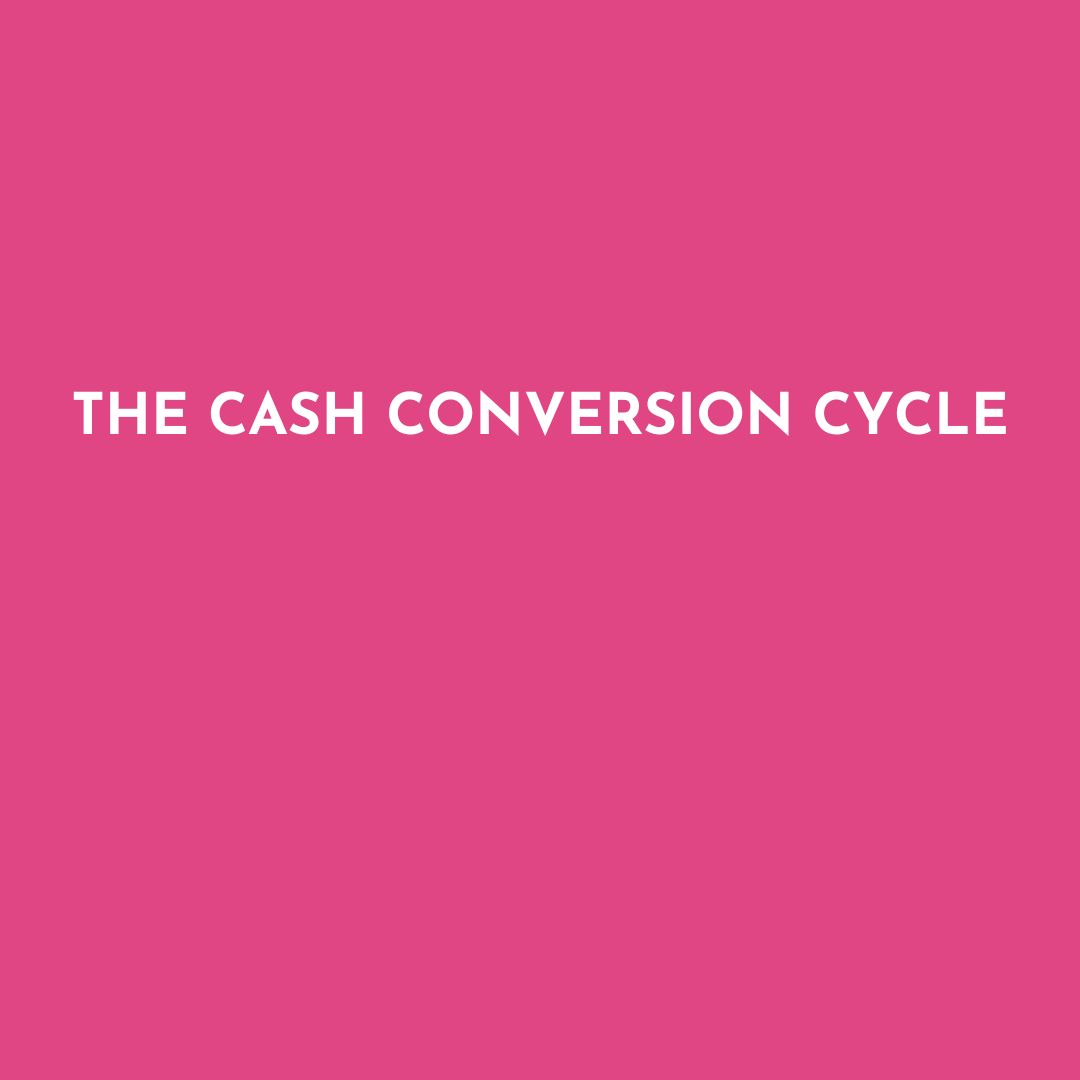
The Cash Conversion Cycle
The Cash Conversion Cycle – An incredibly important notion to understand in the economic environment that we operate in today.
Find out more about this mindset below with Jason!
With inflation, the ever-rising cost of living, and all sorts of crazy stuff going on in the economy, it is so important that we understand the cash conversion cycle and how we can work it out for your own business.
The first thing to do is take our average stock holding days + our average receivable days.
For example, stock holding days might be 65 days + average receivable days of 45 days.
65 + 45 = 110 days
We then subtract the payable days. How long was it between you ordering the stock and actually paying for it?
For this example, we will use 35 days.
110 – payable days of 35 days = 75
This means it took 75 days for you to convert the product that was purchased into cash.
So what does this all mean for you and your business?
You better hope that you are selling either enough of those products or selling them at a high enough margin that when that cash comes in, it can sustain, in the above example, another 75 days of cash lockup and pay for overheads and also provide enough for your business to take out a salary. If your cash conversion day is too high – too many days between paying your supplier and receiving payment from your customer – it is going to be a key cause of cash stress within your business right now.
Now you know this equation and the total days it takes to convert inputs to cash it’s time to think about if there’s anything that can be done to shorten it. The shorter the length of time, the quicker you are getting cash coming in.
Here at SMYD Accounting / Advisory, we’d love to help you understand how the cash conversion cycle is impacting your business and how you could start making some positive changes around this.